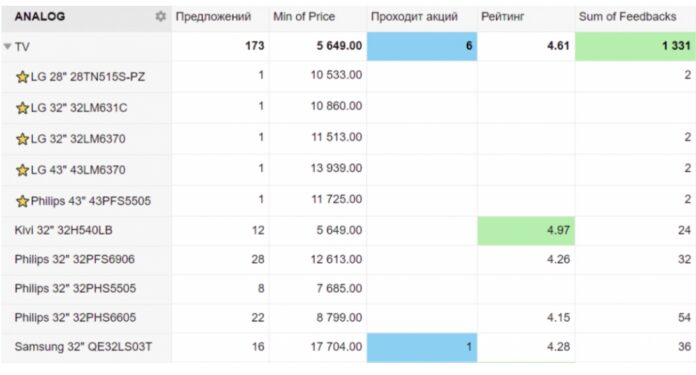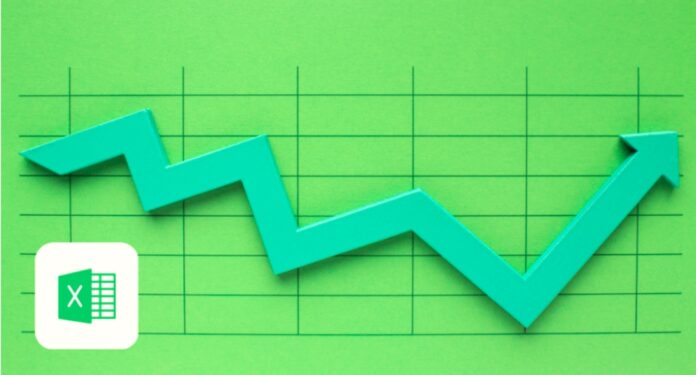Price changes in the market can reveal valuable insights about consumer behavior, market dynamics, and the competitive landscape. One of the key features of product analytics systems is the ability to analyze price changes and identify patterns and trends. By leveraging historical data and real-time updates, businesses can gain a deeper understanding of how prices fluctuate over time and their impact on sales and profitability.
- Tracking Price Volatility: Product analytics systems enable businesses to track price volatility, allowing them to monitor how prices change across different products and competitors. This information can help identify products or categories that experience frequent price fluctuations, allowing businesses to develop strategies to mitigate the impact and maintain stable pricing.
- Identifying Seasonal Trends: Seasonal trends often have a significant influence on pricing strategies. Product analytics systems can analyze historical data to identify seasonal patterns and trends, helping businesses adjust their pricing strategies accordingly. By understanding when prices tend to rise or fall during specific seasons or events, companies can optimize their pricing to meet customer expectations and maximize sales.
- Competitive Pricing Analysis: Price changes are closely tied to the competitive landscape. Product analytics systems provide businesses with the ability to perform competitive pricing analysis, comparing their prices against competitors in real-time. This analysis helps identify pricing gaps, assess price competitiveness, and make informed pricing decisions to stay ahead of the competition.
- Price Elasticity Evaluation: Price elasticity measures how sensitive consumer demand is to price changes. Product analytics systems can evaluate price elasticity by analyzing historical sales data and pricing information. This evaluation allows businesses to determine the optimal price points for their products and adjust pricing strategies to maximize revenue.
- Dynamic Pricing Strategies: Price changes often go hand in hand with dynamic pricing strategies. Product analytics systems offer the necessary tools and insights to implement dynamic pricing effectively. By monitoring market conditions, competitor prices, and customer demand, businesses can dynamically adjust prices to optimize sales and profitability. This dynamic approach ensures that prices remain competitive while maximizing revenue potential.
Margin Analysis: Maximizing Profitability through Data-driven Insights
Profitability is a crucial factor in pricing decisions, and margin analysis is a key aspect of understanding and optimizing profitability. Product analytics advanced solutions like Pricer24.com provide businesses with the tools to perform comprehensive margin analysis, enabling them to evaluate the profitability of their products and pricing structures.
Cost Analysis
Margin analysis begins with a thorough understanding of product costs. Product analytics systems can incorporate cost data and calculate gross margins for individual products or product categories. This analysis helps businesses identify products with healthy profit margins and those that may require pricing adjustments.
Price-Volume Analysis
Margin analysis is not solely focused on individual product profitability but also on the overall impact of pricing decisions on sales volumes and revenue. Product analytics systems can analyze the relationship between price changes, sales volumes, and revenue to determine the optimal price points that strike a balance between profitability and market demand.
Promotional Effectiveness
Promotions are a common pricing strategy employed by retailers. Product analytics systems can evaluate the effectiveness of promotional pricing by assessing the impact on sales volumes, revenue, and overall profitability. This analysis helps businesses identify which promotions generate the desired results and make data-driven decisions to optimize future promotional activities.
Competitive Pricing Comparison
Margin analysis goes beyond internal profitability evaluation and extends to comparing pricing strategies against competitors. Product analytics systems enable businesses to perform competitive pricing comparisons, evaluating how pricing decisions affect profit margins relative to competitors. This analysis allows companies to identify opportunities to improve their pricing strategies and increase profitability in the market.

Actionable Insights: Making Informed Decisions to Drive Growth
Product analytics systems generate a vast amount of data, but the true value lies in extracting actionable insights. These insights empower businesses to make informed pricing decisions and drive growth. Product analytics systems offer various tools and features that transform raw data into actionable insights.
- Competitive Intelligence: By monitoring competitors’ pricing strategies, businesses can gain valuable insights into market trends, pricing patterns, and promotional activities. Product analytics systems provide businesses with the ability to track and analyze competitor prices, promotions, and discounts, enabling them to make informed pricing decisions.
- Customer Segmentation: Understanding customer behavior is vital in pricing decisions. Product analytics systems can segment customers based on purchasing patterns, preferences, and price sensitivity. This segmentation helps businesses tailor their pricing strategies to specific customer segments, ensuring competitive prices that resonate with their target audience.
- Price Optimization: Product analytics systems employ advanced algorithms and optimization techniques to identify pricing opportunities and optimize strategies. By leveraging historical data, market trends, and customer insights, these systems can recommend optimal price points for different products or customer segments. This optimization helps businesses maximize revenue while maintaining competitive prices.
- Demand Forecasting: Accurate demand forecasting is crucial for pricing decisions. Product analytics systems can analyze historical sales data, market trends, and external factors to forecast future demand. This forecasting enables businesses to adjust pricing strategies proactively, aligning supply and demand and avoiding inventory issues or lost sales opportunities.
Reports: Comprehensive Performance Analysis for Informed Decision-Making
Comprehensive reports are a vital component of product analytics systems. These reports provide businesses with a holistic view of their pricing landscape, performance analysis, and key insights for informed decision-making.
- Pricing Trends: Reports analyze pricing trends, highlighting how prices have evolved over time and across different products or categories. This information helps businesses identify pricing patterns, market dynamics, and potential opportunities or risks.
- Competitive Analysis: Reports offer detailed competitive analysis, comparing pricing strategies, market positioning, and promotional activities against competitors. This analysis enables businesses to understand their competitive landscape and make informed pricing decisions to gain a competitive advantage.
- Product Performance Evaluation: Reports assess the performance of individual products or product categories, including sales volumes, revenue, and profitability. This evaluation helps businesses identify top-performing products, underperforming items, and opportunities for improvement through pricing adjustments or marketing efforts.
- Customer Insights: Reports can provide valuable customer insights, such as purchasing behavior, preferences, and price sensitivity. These insights help businesses segment their customer base, tailor pricing strategies, and develop targeted marketing campaigns to maximize customer engagement and loyalty.
- Market Analysis: Reports offer market analysis, including industry trends, market size, and competitive landscape. This analysis provides businesses with a broader understanding of the market dynamics and helps them make strategic pricing decisions to capture market share and drive growth.

Conclusion
Product analytics systems play a pivotal role in helping businesses navigate the complexities of pricing strategies. By leveraging the power of data, businesses can analyze price changes, evaluate price impact, perform margin analysis, gain actionable insights, and unlock comprehensive reports. These valuable tools assist businesses in making well-informed pricing decisions that drive sales, optimize profitability, and gain a competitive edge. While services like this offer robust product analytics solutions, it is crucial for businesses to explore different providers and choose the one that aligns with their specific needs. Embracing the capabilities of product analytics systems empowers businesses to unlock the true potential of their pricing strategies and achieve eCommerce success.











